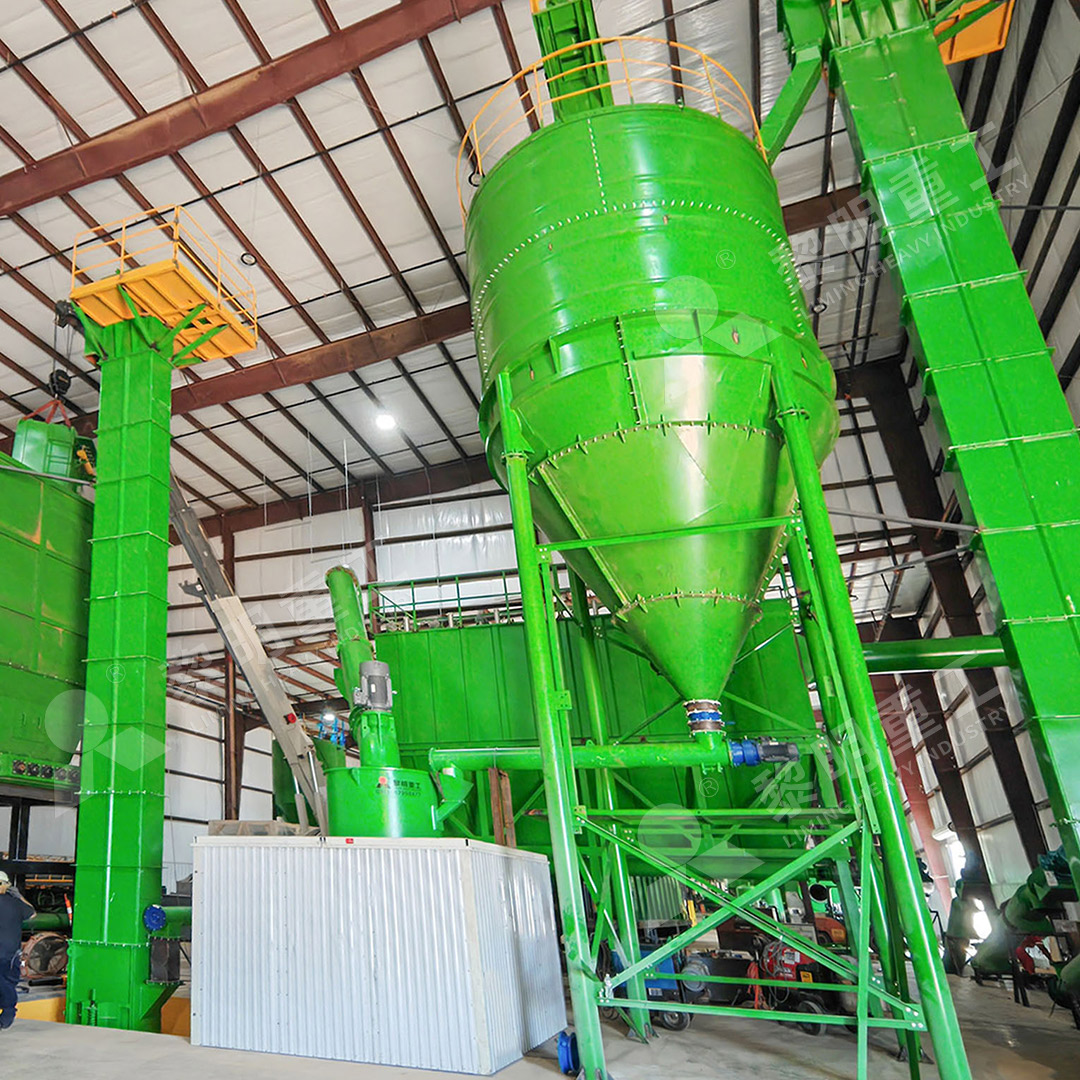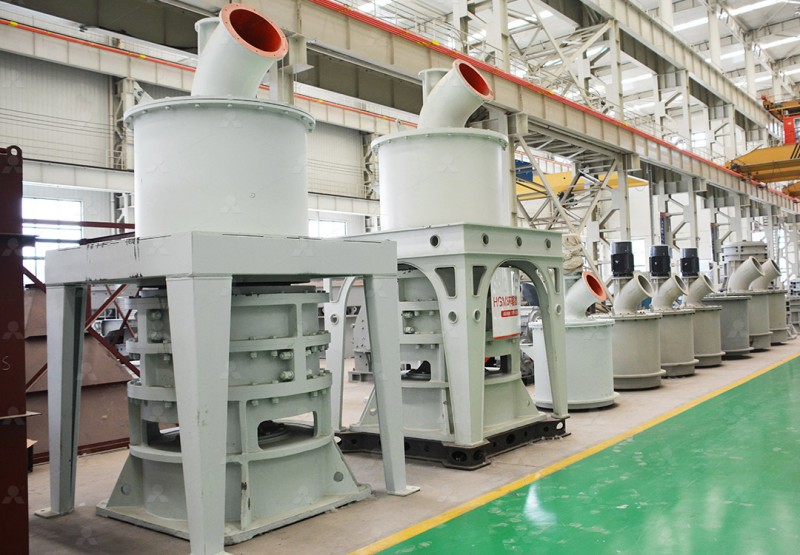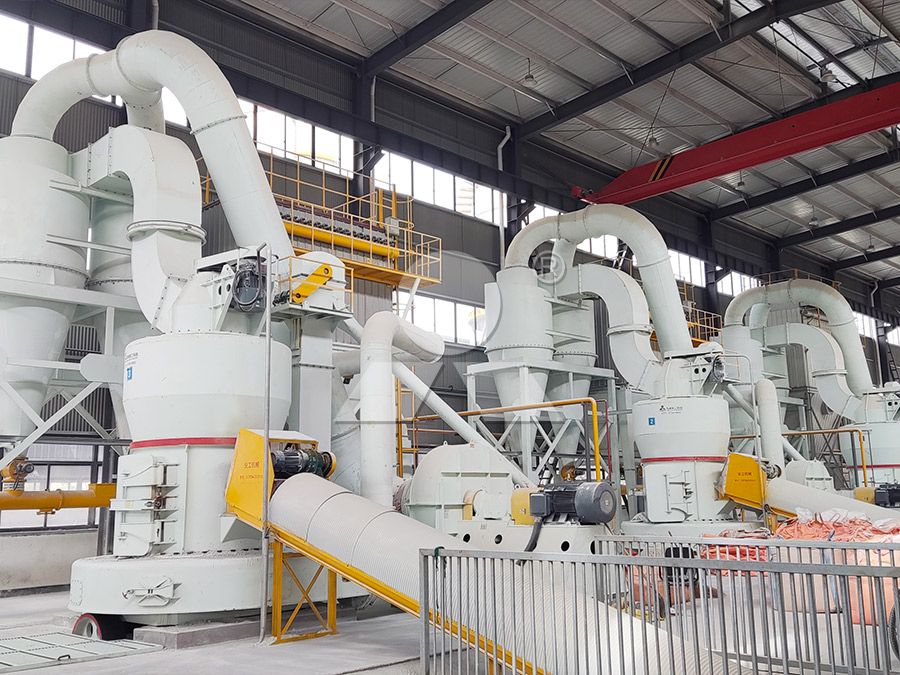Process Optimization for Feldspar Powder Manufacturing: Efficiency & Quality Improvement Measures
We provide a wide range of mills — including Raymond mill, trapezoidal mill, vertical mill, ultrafine mill, and ball mill, obtained ISO9001 international quality certification, EU CE certification, and Customs Union CU-TR certification. Suitable for processing minerals such as limestone, phosphate, quicklime, kaolin, talc, barite, bentonite, calcium carbonate, dolomite, coal, gypsum, clay, carbon black, slag, cement raw materials, cement clinker, and more.
The discharge range of these mills can be adjusted to meet specific processing needs, typically from 80-400 mesh, 600-3250 mesh, and can achieve the finest particle size of up to 6000 mesh(D50).
If you are looking for a reliable grinding solution to turn stone or minerals into fine powder, please feel free to contact our online customer service.
Process Optimization for Feldspar Powder Manufacturing: Efficiency & Quality Improvement Measures
In the competitive world of industrial minerals, feldspar powder manufacturing demands a relentless pursuit of efficiency and product quality. Feldspar, a key ingredient in ceramics, glass, and fillers, requires precise particle size distribution and high purity to meet stringent industry specifications. Traditional grinding methods often fall short, plagued by high energy consumption, inconsistent fineness, and excessive contamination. This article explores key strategies and technological advancements for optimizing the feldspar milling process, focusing on measurable improvements in throughput, power usage, and final product characteristics.
The Core Challenge: Balancing Grinding Efficiency with Product Integrity
The primary goal in feldspar comminution is to reduce the raw ore to a fine, consistent powder—typically ranging from 200 to 2500 mesh—without compromising its chemical and physical properties. Inefficient processes lead to:
- High Operational Costs: Energy can constitute up to 70% of total grinding expenses.
- Quality Inconsistency: Over-grinding can alter particle morphology, while under-grinding fails to liberate impurities.
- Environmental Impact: Dust emissions and noise pollution remain significant concerns for modern plants.
- High Maintenance Downtime: Wear and tear on mechanical parts like rollers and bearings disrupt continuous operation.

Technological Solutions: Embracing Advanced Grinding Mill Systems
A pivotal step towards optimization is investing in modern grinding technology designed specifically for non-metallic minerals like feldspar. Older technologies, such as ball mills or basic Raymond mills, are often inefficient for achieving ultra-fine grades. The industry is increasingly moving towards vertical roller mills and specialized ultra-fine grinders that offer integrated drying, grinding, and classification in a single, compact unit.
For operations targeting ultra-fine feldspar powder (325-2500 meshes), the MW Ultrafine Grinding Mill presents a compelling solution. This machine is engineered for customers who need to make ultra-fine powder with higher yielding and lower energy consumption. Its newly designed grinding curves of the roller and ring enhance grinding efficiency significantly. With the same fineness and power, its production capacity is 40% higher than that of jet mills and doubled that of ball mills, while system energy consumption is only 30% of a jet mill. A key feature for feldspar is its adjustable fineness between 325-2500 meshes, achieved through a German-technology cage-type powder selector, ensuring precise classification with a screening rate of d97≤5μm. Furthermore, the absence of rolling bearings and screws in the grinding chamber eliminates common failure points and allows for external lubrication without shutdown, enabling true 24/7 production—a critical factor for high-volume feldspar producers.

Beyond the Machine: Holistic Process Improvement Measures
While equipment is crucial, a system-wide approach is necessary for full optimization:
- Feed Material Pre-Treatment: Ensuring a consistent and optimally sized feed (0-20mm for the MW Mill) through pre-crushing and screening prevents mill overload and promotes uniform grinding.
- Process Automation: Implementing PLC-based control systems allows for real-time monitoring and adjustment of critical parameters like grinding pressure, classifier speed, and feed rate, stabilizing product quality.
- Dust & Noise Management: Integrating efficient pulse dust collectors and mufflers, as seen in the MW Mill, is no longer optional. It ensures compliance with environmental standards and protects worker health.
- Predictive Maintenance: Leveraging digital monitoring of vibration and temperature on key components can forecast maintenance needs, preventing unplanned shutdowns and extending equipment lifespan.
Conclusion: A Sustainable Path Forward
Optimizing feldspar powder manufacturing is not merely about buying a new machine; it’s about adopting a holistic strategy that integrates advanced technology like the MW Ultrafine Grinding Mill with intelligent process control and sustainable practices. The result is a transformative improvement: a drastic reduction in energy use per ton, a superior and consistent product that commands a higher market price, and a smaller environmental footprint. For forward-thinking operations, this investment in efficiency is the key to securing a competitive advantage in the global minerals market.

